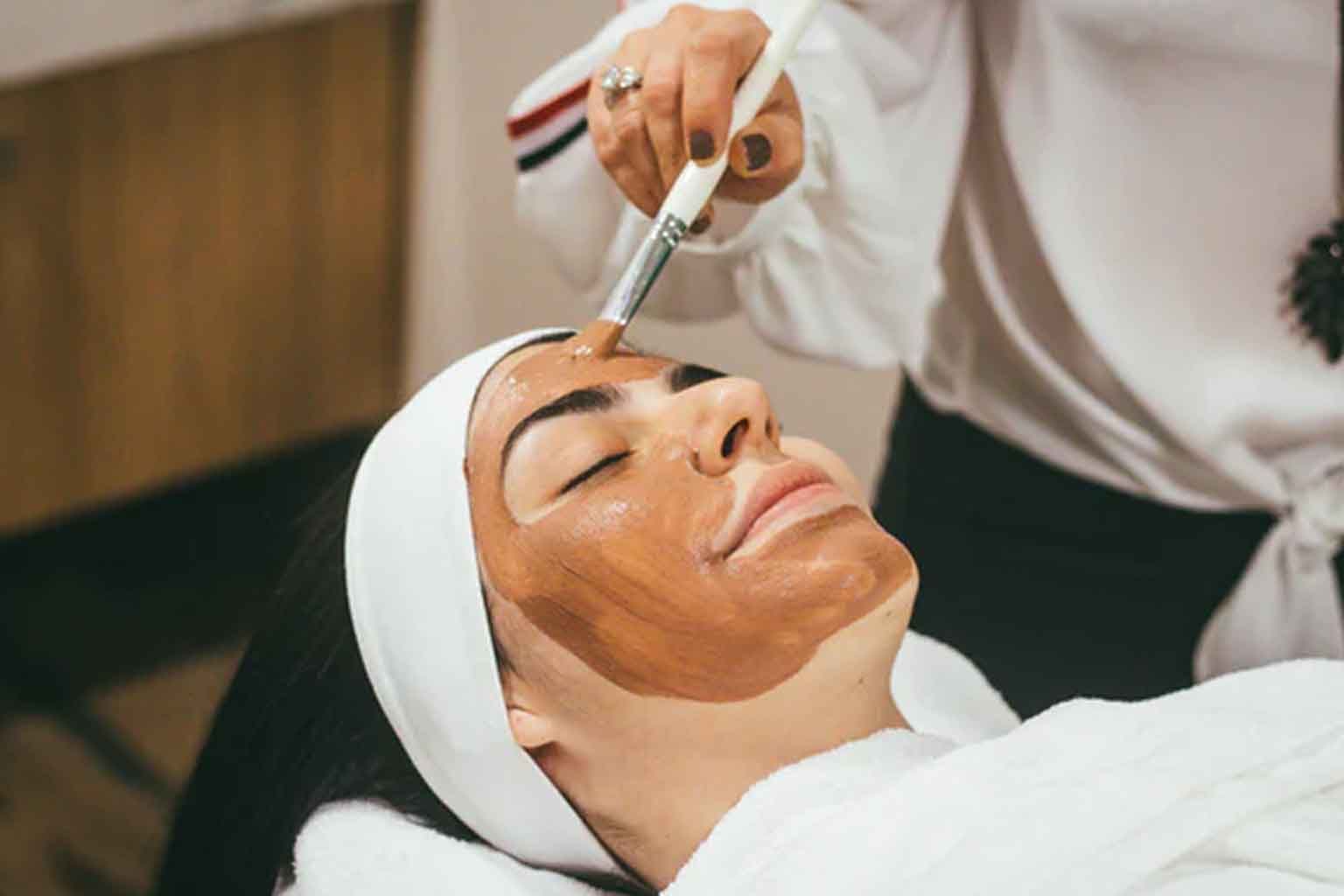We have seen the use of glycolic acid mentioned in almost every skin and cosmetic product in the market. But what it is and how does it help? It may not be anything new because it’s common in skin care products and in-office chemical peels. However, not everyone knows how effective it can be as part of a regimen. Get to know about the inner workings of this amazing ingredient, and find out how you can leverage it to solve some of your most pressing issues in this article.
What Is Glycolic Acid?
In its earliest manifestation, it was a natural ingredient derived from sugar cane. Nowadays, however, manufacturers often make it synthetically. Irrespective of the manufacturing method, glycolic acid falls into a category of effective active compounds known as alpha-hydroxy acids (AHAs). According to dermatology experts, these acids come in five different types:
- Glycolic acid, from sugar cane
- Lactic acid, from milk
- Citric acid, from oranges and lemons
- Malic acid, from apples and pears
- Tartaric acids, from grapes
Glycolic acid is the most frequently used alpha hydroxy acid, owing to its reputation as one of the safest and most effective. Its molecules are known to be the smallest among the AHAs, so it’s able to penetrate the skin better and be absorbed readily. It works by destroying the bonds between old skin cells, freeing them so they can be sloughed off. This might sound terrifying and counterproductive, but it’s quite beneficial.
Glycolic Acid For Skin
It is an exfoliator, which means that it can safely remove the outer layer of dead skin cells. In this way, it helps quicken your skin’s renewal process, bringing fresh, new skin to the surface regularly when used routinely. This can also help your skin look younger and dewier, with a glow that arises from increased circulation and faster cell turnover. It’s much more than an anti-aging product because it also helps lighten discolorations such as sun and age spots. It can also help skin that’s prone to blackheads, whiteheads, and acne by keeping pores clear of old skin that tends to clog them and cause problems.
However, wearing sunscreen is always essential, but it’s even more important when you’re using AHAs like glycolic acid. They can make your skin a bit more susceptible to sunburn because, in simple terms, it’s new and tender.
It should, however, be noted that unless your physician or the package insert directs you otherwise, you should always use it in the evening, not in the morning. This gives it time to work during a period when you don’t need to wear sunscreen and for your skin to recover before you start your new day.
Glycolic Acid Products
Its products are available in many different forms: cleansers, serums, moisturizers, eye creams, and facial peels, to name a few. When you read any product’s ingredient list, as you should always do, you will always notice it mentioned in the “active ingredients” section, above the product’s full list of ingredients. Often, it is also mentioned as a percentage. Some skincare experts strongly believe that products with an AHA concentration of less than 10 percent aren’t strong enough to deliver the full benefit of glycolic acid, so make a point of determining the percentage.
You can also combine its products to intensify and maintain their benefits; for instance, you can pair a 3-percent facial cleanser with a 10-percent serum. You can make use of your skin as your guide.
 Glycolic Acid
Glycolic AcidGlycolic Acid Facial Peels
Peels are a step up from daily-use products and can help jumpstart the effects of glycolic acids.
In-office peels
Glycolic acid peels done in your dermatologist’s office are a quick and effective way to rejuvenate your skin. Dermatologists use a 30 to 40 percent concentration of glycolic acid, and it needs to stay on your skin for only two to three minutes. These are also called “lunchtime peels” because they can be done easily during your lunch break and have a little downtime. While the term “peel” makes the treatment sound rather harsh, it’s quite gentle. You might feel some tingling, but there’s no burning, redness, or discomfort.
At-home peels
The profit of doing an in-office peel lies in the higher concentration of glycolic acid, which ultimately leads to better results—but these come at a very high price. If you’re trying to save up and would like to see how your skin reacts before committing to an in-office peel, you can try an at-home glycolic acid peel that you can do yourself. A few potent peels with decent percentages of glycolic acid are Brazilian Peel, iQ Natural Glycolic Acid Peel Kit, and Youth Glycolic Acid Peel.
These are the ways of how glycolic acid can prove beneficial for your skin and all the ways to use glycolic acid for your skin.
Also Read; Benzoyl Peroxide And Salicylic Acid

